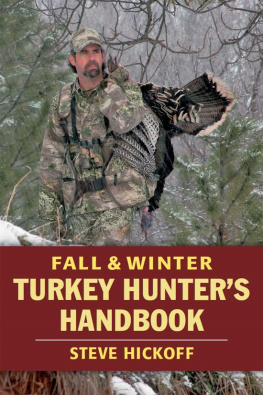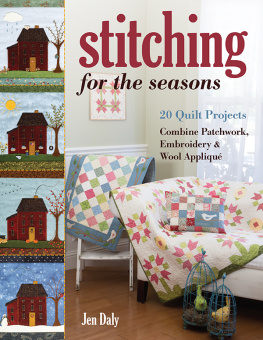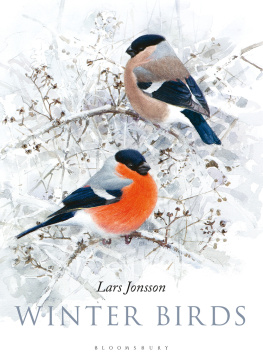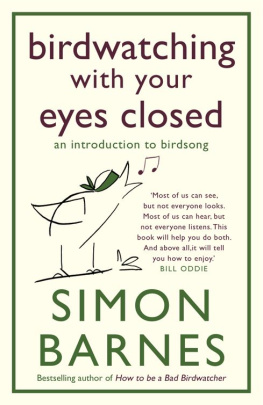Vornberger - Birds of New York City
Here you can read online Vornberger - Birds of New York City full text of the book (entire story) in english for free. Download pdf and epub, get meaning, cover and reviews about this ebook. City: New York (State);New York, year: 2017, publisher: Countryman Press, genre: Home and family. Description of the work, (preface) as well as reviews are available. Best literature library LitArk.com created for fans of good reading and offers a wide selection of genres:
Romance novel
Science fiction
Adventure
Detective
Science
History
Home and family
Prose
Art
Politics
Computer
Non-fiction
Religion
Business
Children
Humor
Choose a favorite category and find really read worthwhile books. Enjoy immersion in the world of imagination, feel the emotions of the characters or learn something new for yourself, make an fascinating discovery.

- Book:Birds of New York City
- Author:
- Publisher:Countryman Press
- Genre:
- Year:2017
- City:New York (State);New York
- Rating:5 / 5
- Favourites:Add to favourites
- Your mark:
- 100
- 1
- 2
- 3
- 4
- 5
Birds of New York City: summary, description and annotation
We offer to read an annotation, description, summary or preface (depends on what the author of the book "Birds of New York City" wrote himself). If you haven't found the necessary information about the book — write in the comments, we will try to find it.
Birds of New York City — read online for free the complete book (whole text) full work
Below is the text of the book, divided by pages. System saving the place of the last page read, allows you to conveniently read the book "Birds of New York City" online for free, without having to search again every time where you left off. Put a bookmark, and you can go to the page where you finished reading at any time.
Font size:
Interval:
Bookmark:


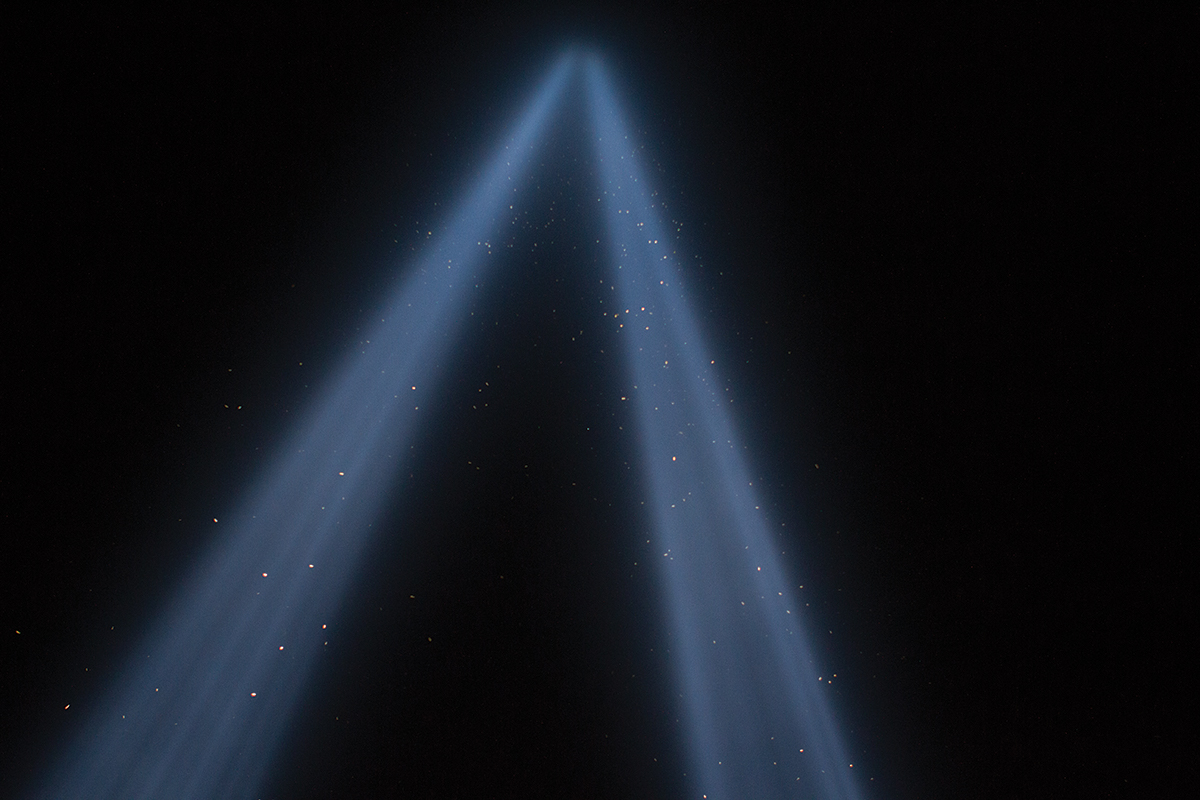

Most people think of the pigeon as the quintessential New York City bird, but with more than 30,000 acres of wetlands, grasslands, and forests under protection, New York City provides food and shelter for hundreds of species while providing ample opportunities for bird watchers and wildlife photographers to observe and photograph them. In fact, birders generally find more than 200 different species during any given year, and there is some indication that the number can rise to nearly 300 during particularly abundant years.
Because New York City is located on the Atlantic Flyway, one of many imaginary paths in the sky that migrating birds follow during spring and fall migration, it is known as a migrant magnet. As migrants head up the East Coast in spring, they stop to rest and feed in the citys parks and waterways before continuing their journey north to their breeding grounds. In late summer and fall, the reverse happens with the addition of shorebirds and raptors that traveled different paths north in the spring. For some migrants, the New York area is their final destination while there are other species that do not migrate at all and spend the entire year here.
Central Park was recognized by the National Audubon Society and the American Bird Conservancy as an important bird area in 1998 for its importance as a migration stopover. In addition, more than thirty species have been observed breeding in the park over the years. Other parks provide habitat for raptors and waterfowl, and Jamaica Bay Wildlife Refuge near Kennedy Airport (part of the Gateway National Recreation Area) is a popular stopover for migrating shorebirds in the fall and has its own population of nesting species including Yellow Warblers, Osprey, Brown Thrashers, and Willets.
The citys islands and beaches are breeding grounds for Great Egrets, Great Blue Heron, Black Skimmers, gulls, terns, and the federally protected Piping Plover, whose numbers have nosedived in recent years. In winter, Bald Eagles can be found feeding up and down the Hudson River, and just this year, Bald Eagles have been seen nesting on Staten Island and in Flushing Meadows-Corona Park in Queens. An effort to reintroduce Eastern Screech-Owls to Central Park has produced several successful breeding pairs whose offspring are featured in this book, and Hunter Island in the Bronx has been the home to a pair of Great Horned Owls for as long as anyone can remember.
A number of adaptive non-native species also make their home here. Monk Parakeets, a native of the Argentine pampas were a popular pet in the 1950s, and many escaped to breed in massive colonial nests in New York City and its suburbs. They can be found noisily tending to their nests at the entrance to Green-Wood Cemetery in Brooklyn. Also adapted to the local environment are European Starlings and House Sparrows, both originally European natives. And of course, the ubiquitous pigeon is not a native species but has spread rapidly across the Western Hemisphere during the late nineteenth and early twentieth centuries. Climate changes have also altered bird behavior with Mockingbirds, originally found much farther to the south, moving north to nest in this area. Several migrant species now stop their southern migration short of traditional areas farther south. Snow Geese are a prime example of this phenomenon called backstopping. Flocks of hundreds of thousands of Snow Geese can be found wintering in New Jersey, gleaning the remains of the fall harvest before heading north to their breeding grounds on the Hudson Bay.
Red-tailed Hawks, not usually known as city birds, have settled comfortably in New York City in the past twenty yearsthere are now more than twenty breeding pairs within the city limits, including Pale Male, the famous hawk who has nested on the faade of a building on Fifth Avenue since 1992. Usually, a breeding pair would defend a territory of at least five square miles, but with the abundance of food in the city, that no longer holds true.
New York City can also be a dangerous place for migrants and resident birds alike. Every year thousands of songbirds are killed by feral cats, and even more die during spring and fall migration when they slam into glass-clad skyscrapers during their migration at night. Light pollution also plays a part in the death of migrating birds as bright lights on buildings confuse them and cause them to circle buildings endlessly until they are exhausted. In 2015, as part of the Audubon Lights Out initiative, Governor Andrew Cuomo ordered state-owned buildings to turn their lights out from 11 p.m. until dawn, from April 15 through May 31, to aid migrating birds. Other non-state-owned buildings in Manhattan also participate in the program. Perhaps the most telling example of this is the Tribute in Light, which illuminates the night sky every September 11th. These bright searchlights in lower Manhattan, near the site of the Twin Towers, attract thousands of migrants that are trapped endlessly circling the shafts of light wasting energy needed to continue their migration (see photo on page 6). At the behest of New York Audubon, the lights are now turned off for twenty minutes when too many birds have gathered, allowing them to continue their migration. The lights are then turned back on until more birds congregate. This usually happens three or four times during the night until 5 a.m. on September 12th, when the lights are turned off for good until the next year.
Since I began photographing birds in New York City in 2000, I have encountered more than 250 different species, including vagrants that are not native to the area but still got photographed and added to my list. With the warming of the planet, we will see more vagrants appearing, moving northward from the south and eastward from the west in search of food and new breeding territory. Future climate change will have a profound effect on bird populations both good and bad. No doubt many species will be able to adapt, but others may not be so fortunate. Only time will tell.
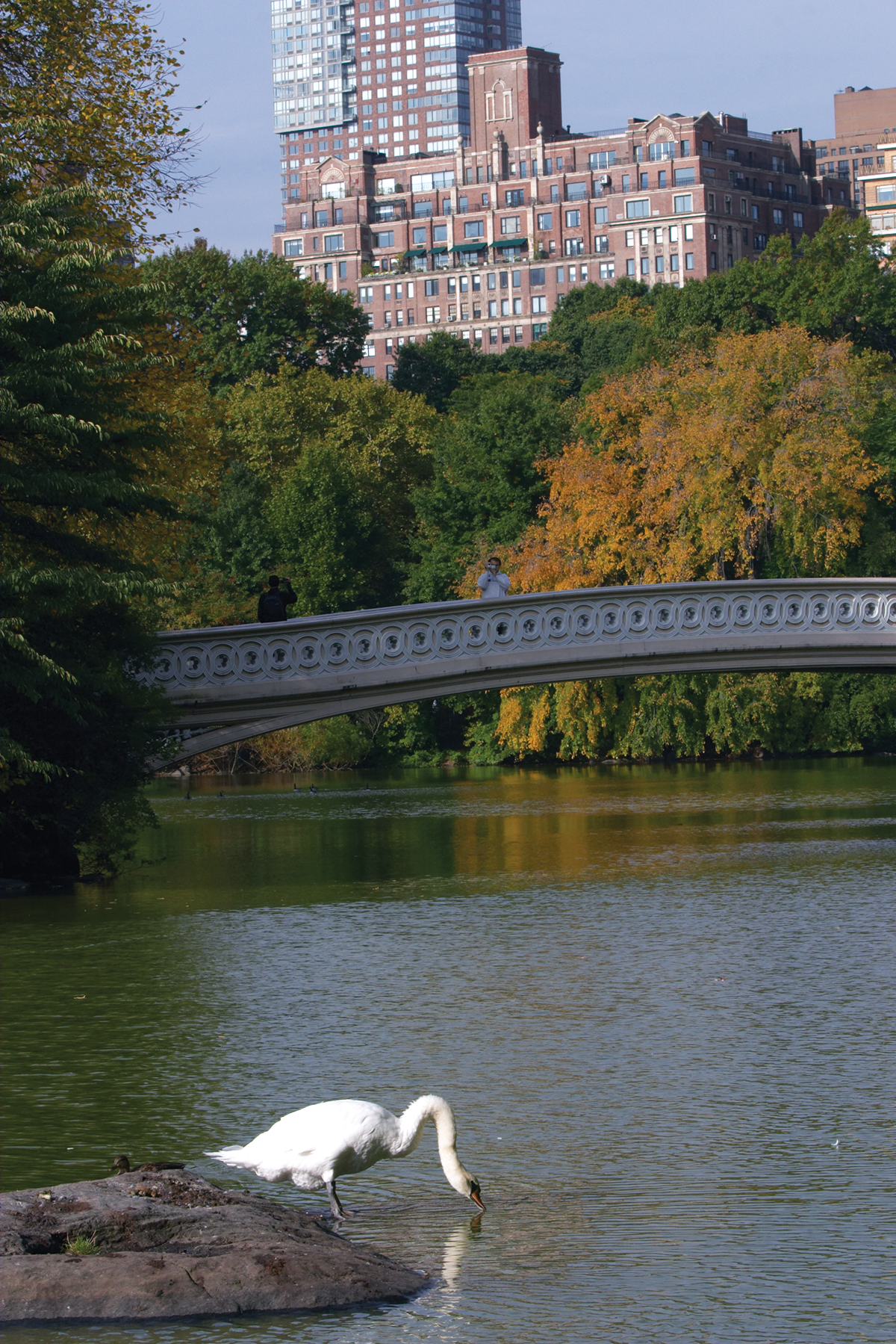
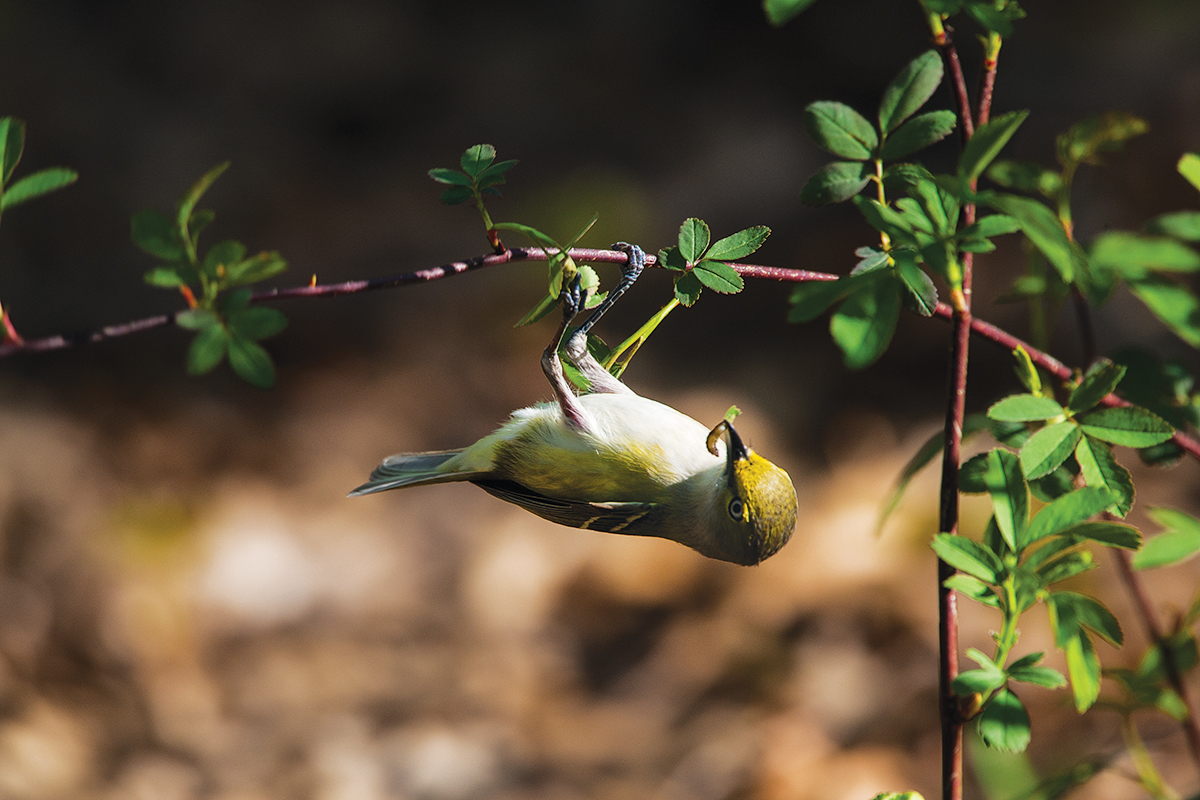
This small songbird has olive uppers and yellow sides, as well as two white wing bars. As the name implies, its large eyes are whiteand surrounded by yellow spectacles. Males and females have similar coloration. Lower New York State is at the edge of its northern breeding territory, although it seems to be making a comeback farther north. Their range extends west to the Mississippi and south to the Gulf of Mexico. Found year-round in Florida and other Gulf Coast states while most winter in the Yucatan and the Caribbean. In this photo, a White-eyed Vireo is hanging upside-down from a branch while it plucks an insect from the underside of a leaf.
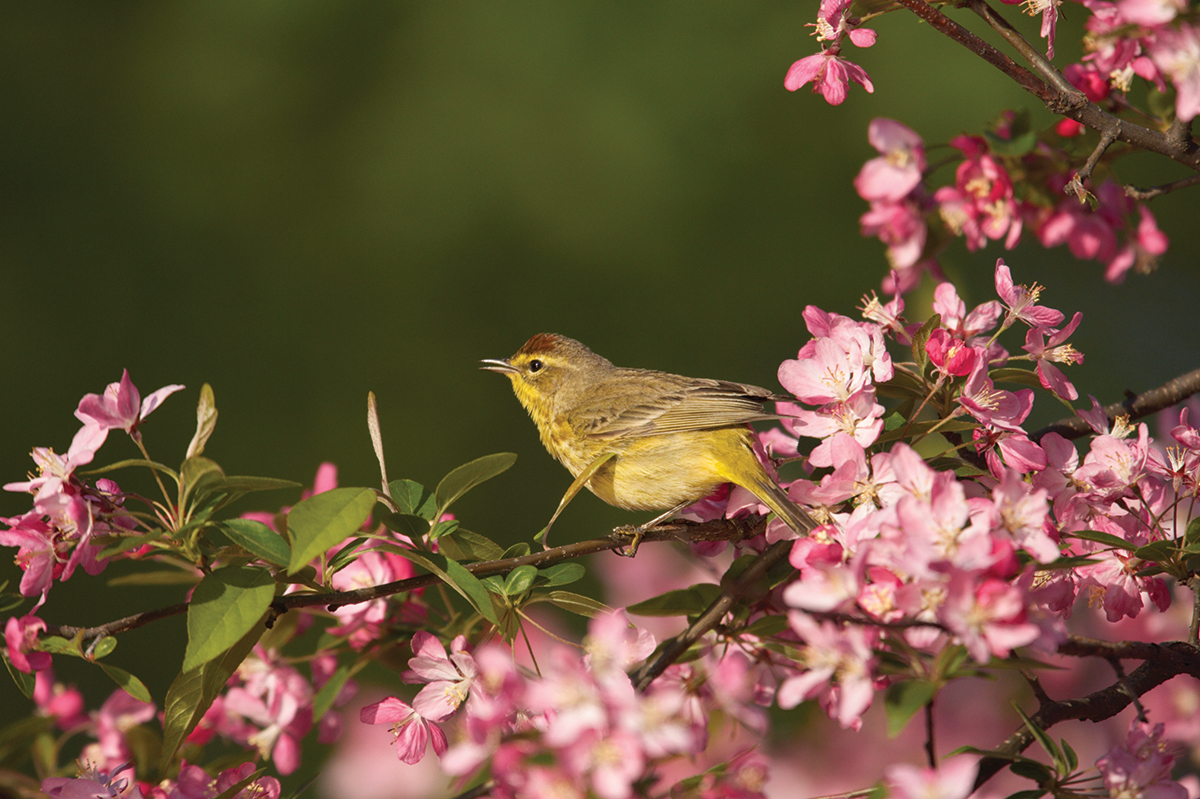
Font size:
Interval:
Bookmark:
Similar books «Birds of New York City»
Look at similar books to Birds of New York City. We have selected literature similar in name and meaning in the hope of providing readers with more options to find new, interesting, not yet read works.
Discussion, reviews of the book Birds of New York City and just readers' own opinions. Leave your comments, write what you think about the work, its meaning or the main characters. Specify what exactly you liked and what you didn't like, and why you think so.

